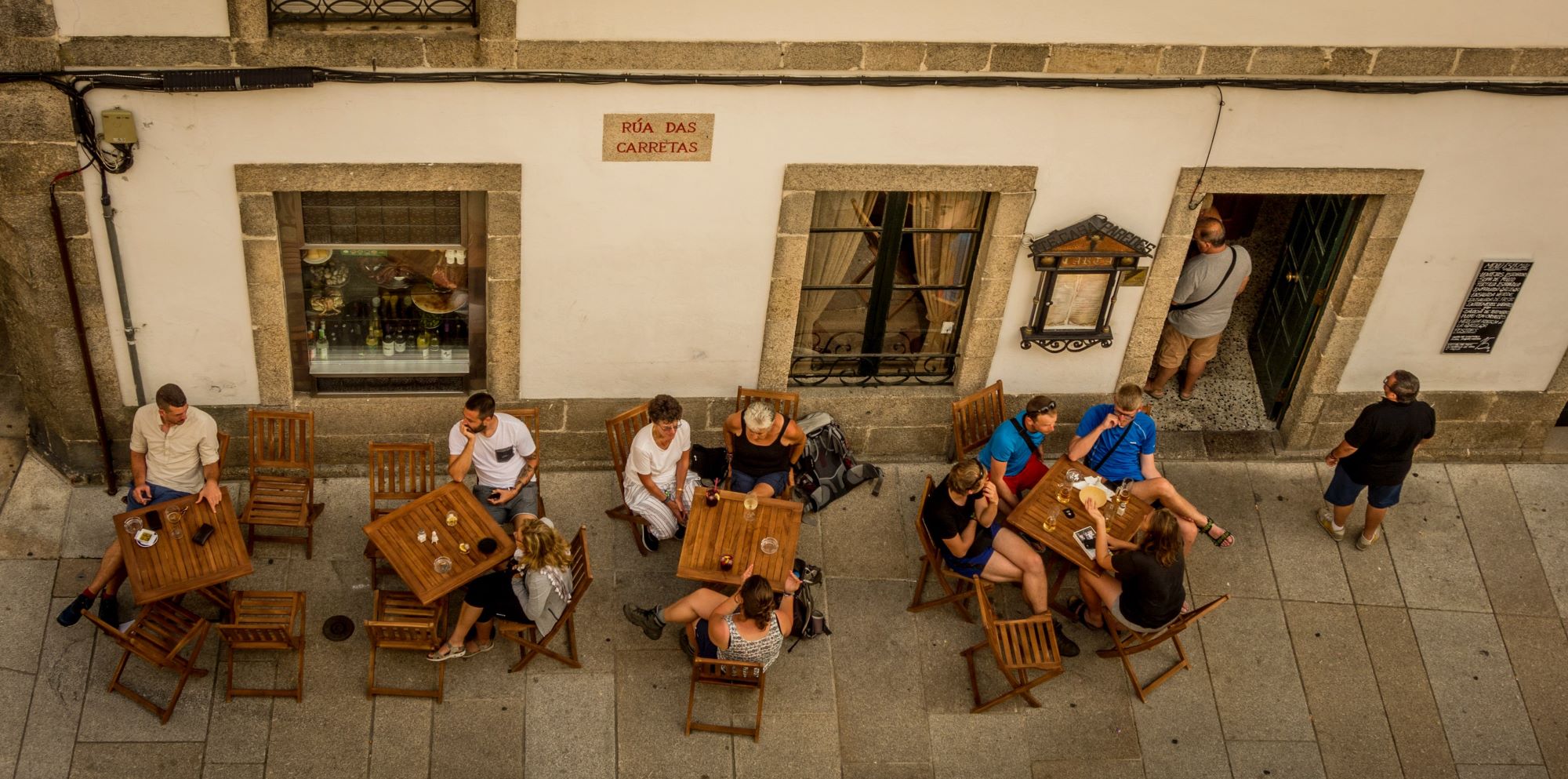What is the impact of tourism on quality of life?
In 2020, our partner HZ Knowledge Center for Coastal Tourism conducted research into the actually observable impact of tourism on the quality of life in Zeeland based on desk research and open data. To objectify the concept of tourism, the study used existing insights into the current pressure of the thirteen municipalities in Zeeland expressed in "tourist intensity" per municipality. The Liveability Meter 2.0 has been used as an instrument with a hundred underlying objective indicators for the interpretation of the concept of liveability. These indicators are divided into five dimensions, namely "living", "residents", "amenities", "safety" and "physical environment".
Livability situation appears to differ
The municipality of Veere, the municipality with the highest tourist pressure, shows the highest quality of life score. The municipality of Terneuzen, the municipality with surprisingly the lowest tourist pressure also has the lowest quality of life score. The differences in the quality of life scores of the municipalities can mainly be explained by the dimension score "facilities" per municipality.
Data analysis: linear regression
Two relationships have been established by means of linear regression, namely between tourism and the number of restaurants per 1,000 inhabitants (R² = 0.86) and between tourism and the number of supermarkets per 1,000 inhabitants (R² = 0.82). The number of thirteen municipalities in Zeeland is too limited to be able to make a definitive statement about these alleged relationships at national level.
The results of the research are:
- Higher tourist pressure and thus more restaurants or supermarkets per 1,000 inhabitants does not necessarily lead to a higher score for the "amenities" dimension. On the one hand, the effect of a single indicator is not strong enough to substantially increase or decrease a dimension score.
- A study of the backgrounds of the Liveabilityometer 2.0 showed that the "disappearance of a supermarket" can have a significant adverse effect on the dimension score "amenities", but an extra supermarket does not necessarily lead to a higher dimensional score "amenities".
- The indicator "number of restaurants per 1,000 inhabitants" does make a positive contribution to the score of the amenities dimension.
- Tourism can make a positive contribution to the quality of life score of the municipality provided that it is taken into account that there are many other indicators that (in conjunction) influence this score.
Download the research report "Influence of liveability on tourism" from our partner HZ Knowledge Center for Coastal Tourism to read all the outcomes.
Influence of liveability on tourism (Dutch)
Focus on Core Web Vitals and user-centric performance metrics for better search rankings and user experience.
Download


